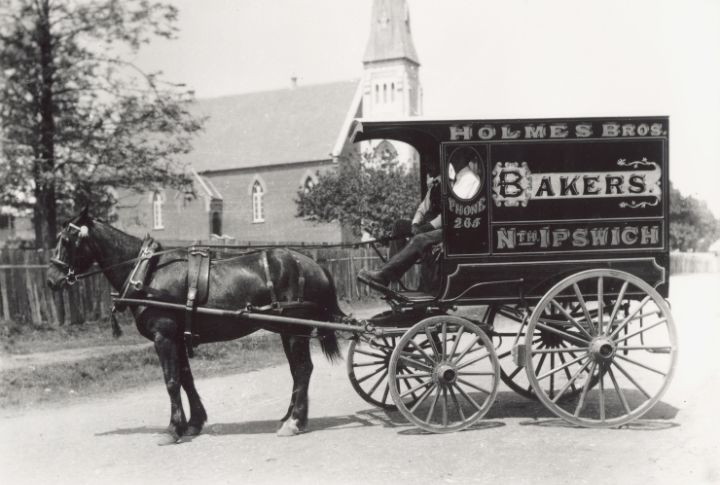
Before supermarkets and online shopping, households depended on regular doorstep deliveries for everyday essentials. A knock at the door or a box left on the porch meant fresh goods had arrived, often from familiar local vendors. Let’s look at the essentials that arrived right at the doorstep.
Milk
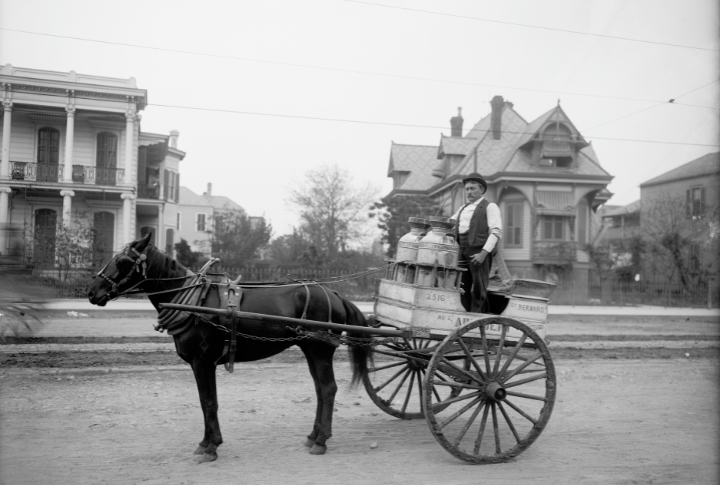
Farm-fresh milk appeared on doorsteps at dawn, courtesy of dairy couriers making their rounds before the world woke up. Until the 1940s, when refrigerators came, many American homes counted on this service—no grocery trips needed! Also, some vendors delivered milk in glass bottles.
Ice Blocks
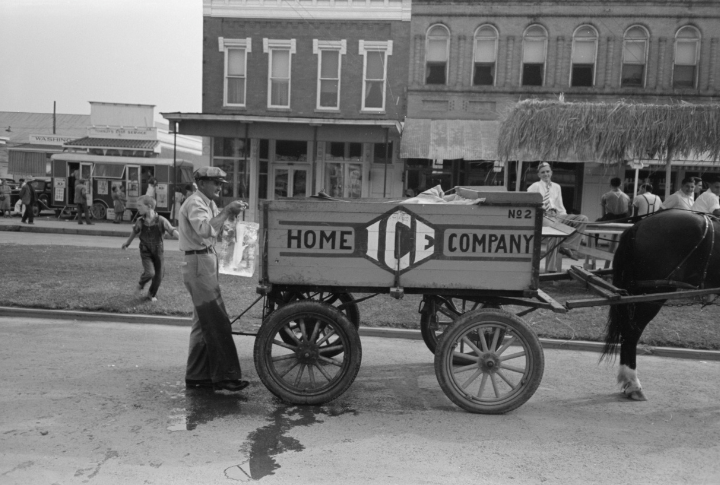
Without modern refrigeration, ice blocks were a household necessity. Large chunks, chiseled from frozen lakes or factory-made, arrived by wagon or truck. Ice deliverymen carried 25- to 50-pound slabs with tongs, placing them inside wooden ice boxes. A small card in the window let the iceman know how much was needed.
Bread
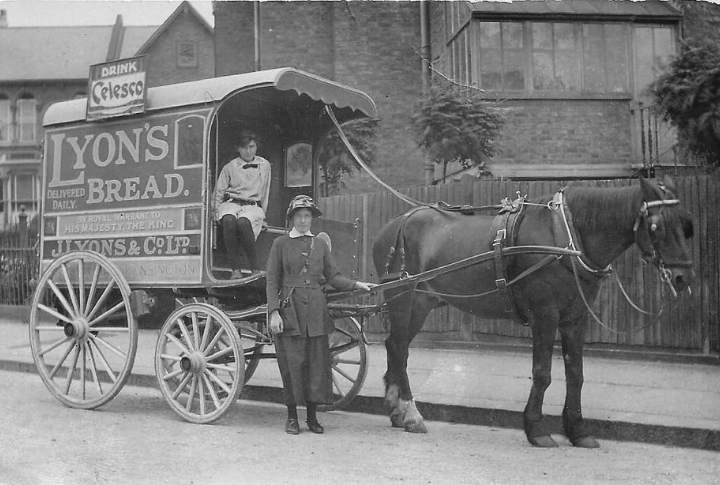
Loaves of freshly baked bread were a morning essential long before supermarket chains monopolized food sales. Delivered warm in wax paper or cloth bags, bread from neighborhood bakers maintained its crisp crust and airy interior. Some bakers customized orders and cater to individual preferences for softness or grain type.
Coal Shipments
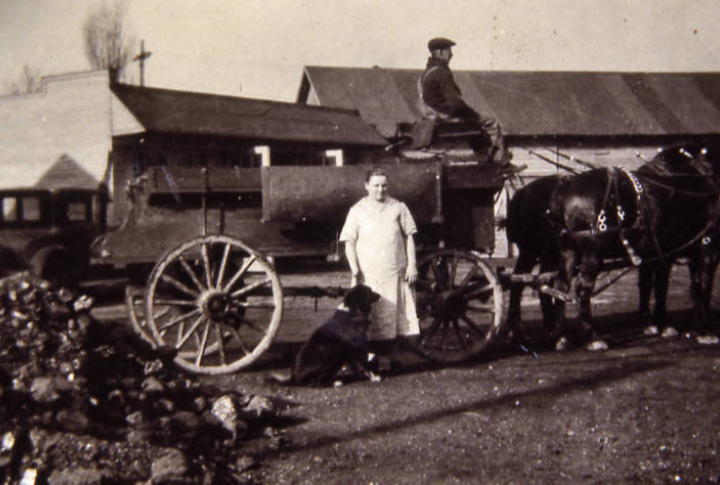
Coal delivery was a lifeline for households with coal-burning furnaces. Blacksmiths, industrial workers, and homeowners depended on tons of anthracite or bituminous coal, often shoveled through basement chutes. By the 1940s, fuel shortages reduced home deliveries and pushed families toward oil and electric heating alternatives.
Kerosene
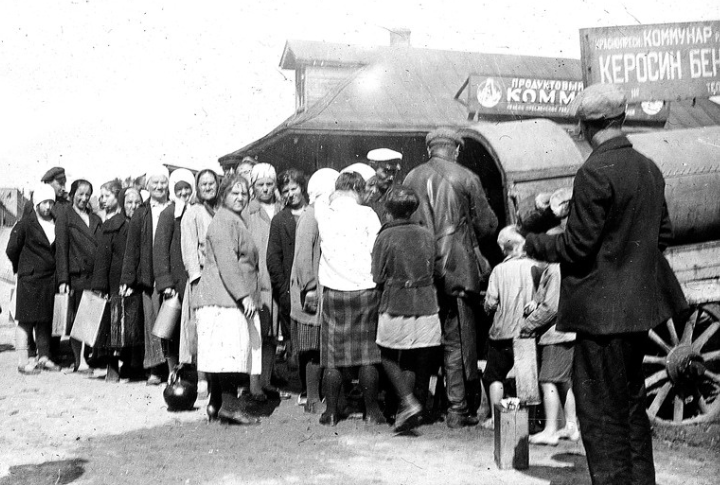
In the 1920s, kerosene deliveries kept homes glowing long before electricity reached every corner. Traveling salesmen, known as “kerosene peddlers,” made their rounds, topping off household containers straight from massive storage tanks. Standard Oil made the service even smoother by offering cleaner, odor-free kerosene.
Newspapers
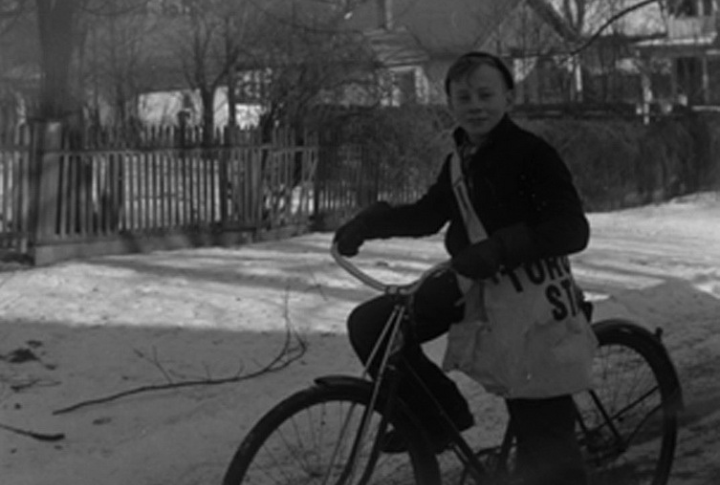
Paper carriers and local distributors ensured the news hit doorsteps before the morning coffee. The familiar cry of “Extra! Extra!” sent people rushing outside for the latest scoop. Sunday editions were a real treat—packed with comics and juicy serialized fiction that kept readers hooked all week.
Eggs
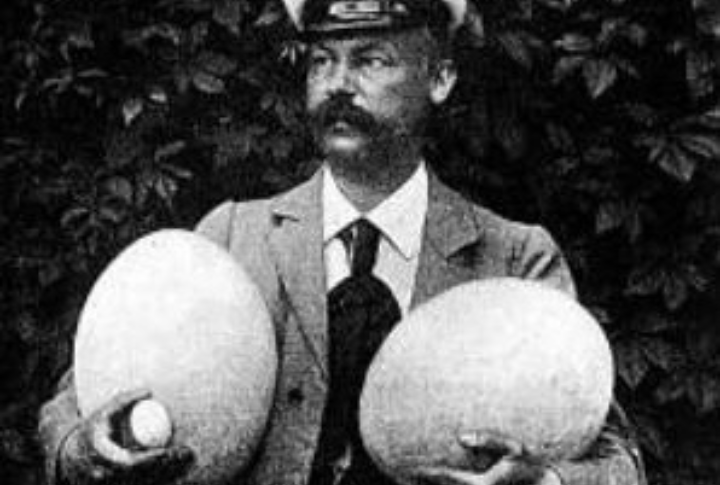
Before mass grocery stores, egg deliveries directly linked rural farmers to city dwellers. Hens laid fresh eggs daily, usually reaching customers within hours. Farmers packed them in sturdy wooden crates lined with straw for protection. Some even included handwritten notes with farm updates, adding a personal touch to each delivery.
Ice Cream
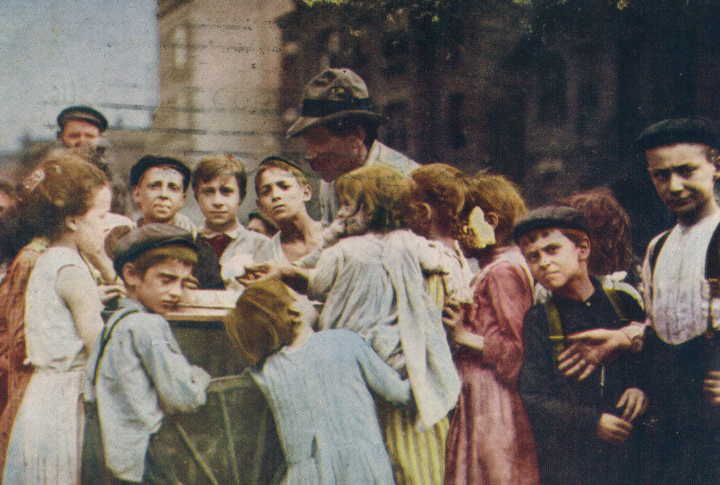
Hand-cranked freezers revolutionized ice cream delivery by making sweet treats accessible even in scorching summers. Horse-drawn carts, and later motorized trucks, rang bells to signal their arrival. Penny cones were sold by some vendors, while others delivered bulk orders to be stored in home iceboxes.
Soft Drinks
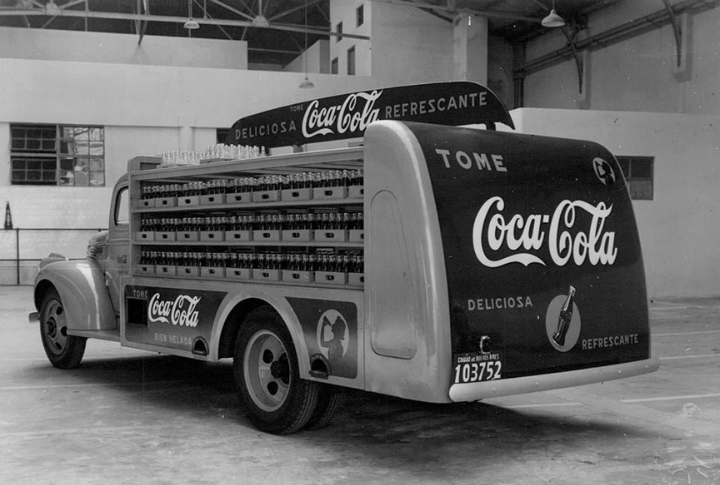
Doorstep soda delivery thrived before vending machines and supermarkets took over. In the 1940s, Coca-Cola and Dr Pepper bottlers shipped crates to families, who returned empties for refills. Thanks to thick glass bottles and metal caps, carbonation remained intact. Some households even received custom flavor mixes.
Butter And Cheese
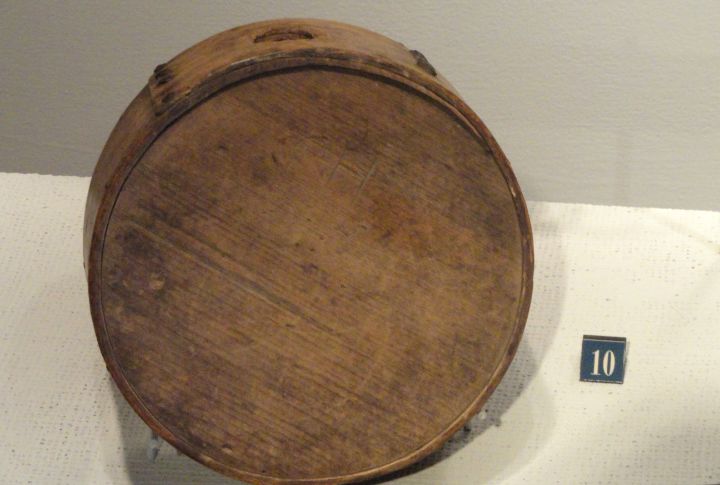
Alongside milk, many dairies provided butter and cheese packaged in wax paper or wooden boxes. Customers left out cash or tokens for seamless transactions. Aged cheeses arrived in blocks, while soft varieties came in reusable crocks. These dairy products often tasted fresher than store-bought versions.
Fresh Vegetables And Fruits
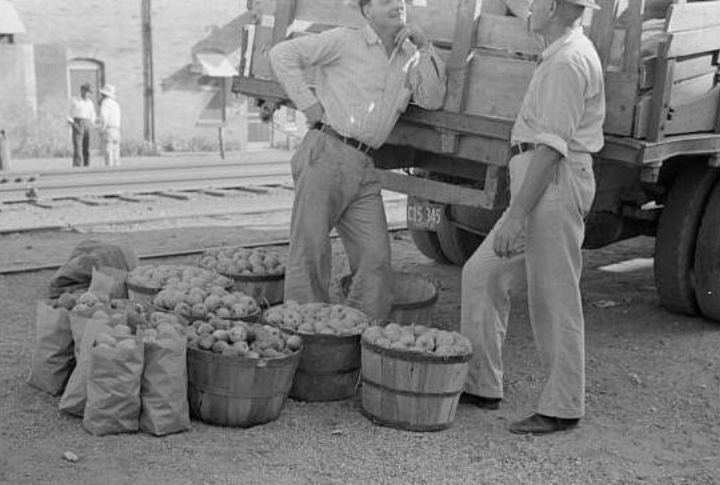
Before refrigeration made store shopping more convenient, mobile grocers brought fresh produce directly to households. Their wagons carried in-season fruits and vegetables, often sourced from nearby farms. Customers bartered for better prices or received free samples, which made each visit a personal exchange.
Candy And Chocolates
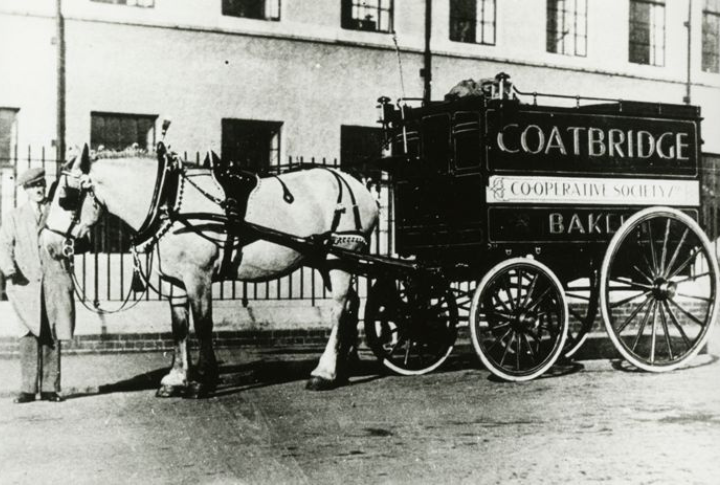
Special occasions called for doorstep candy deliveries. Ice cream parlors and bakeries occasionally included homemade fudge in their rounds, sometimes offering seasonal specialties like candied nuts or caramel chews. During the sugar rationing in the battle times, receiving a box of sweets felt like a rare luxury.
Dry Cleaning Services

Laundry services spared households from tedious hand-washing and ironing by offering convenient pickups and deliveries. Cleaners collected garments in canvas bags, carefully treating delicate fabrics to perfection. With weekly pickups, families always had a steady supply of freshly laundered clothing.
Medicines And Remedies
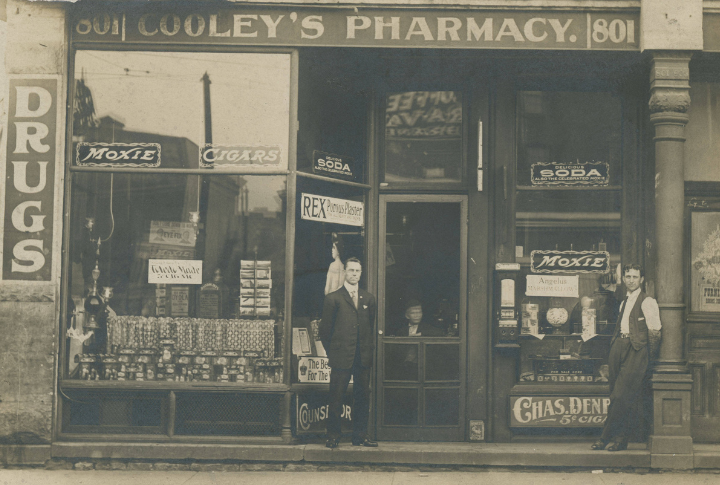
Pharmacists once made house calls, bringing prescription medicines and homeopathic remedies directly to patients. While snake oil salesmen pushed questionable cure-alls, licensed pharmacists provided trusted treatments. The deliveries usually came with handwritten dosage instructions to ensure proper use.
Mail Order Purchases
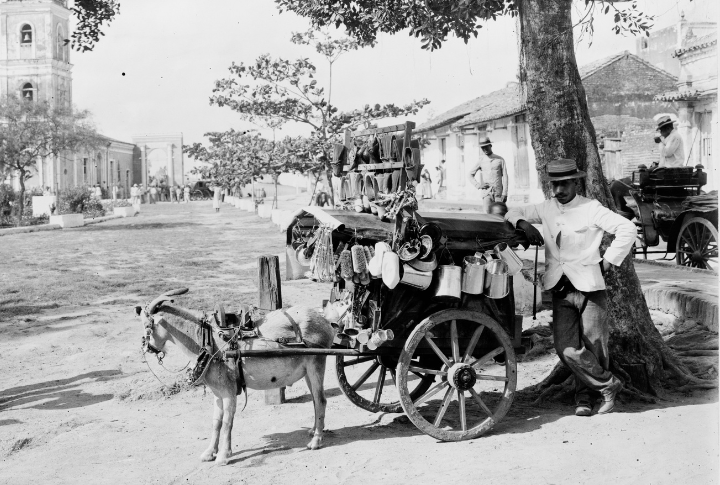
Sears and Montgomery Ward catalogs turned rural homes into bustling marketplaces. Families ordered everything from clothing to kitchenware, with packages arriving via postal carriers. Some items, such as prefabricated houses, came in hundreds of pieces and required homeowners to assemble them themselves.
Matches And Firewood
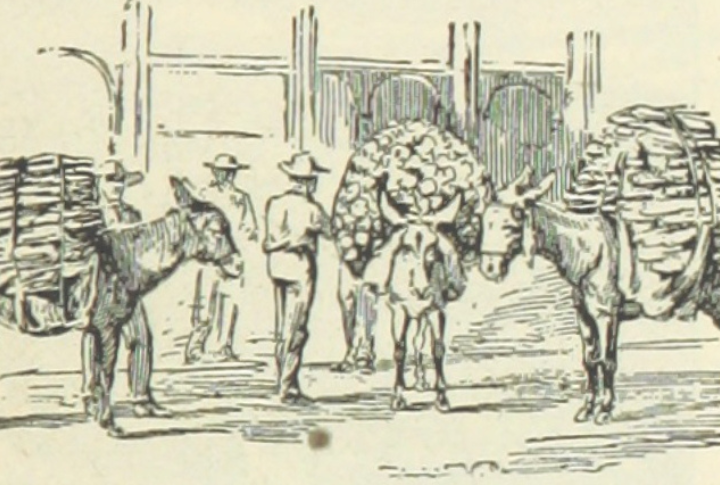
These deliveries provided a vital heat source for many households through long winters. Those without gas relied on kindling and logs, which local suppliers split and stacked for easy use. In some cases, deliverymen accepted bartered goods as payment so that firewood was accessible even to families with limited cash.
Fresh Flowers
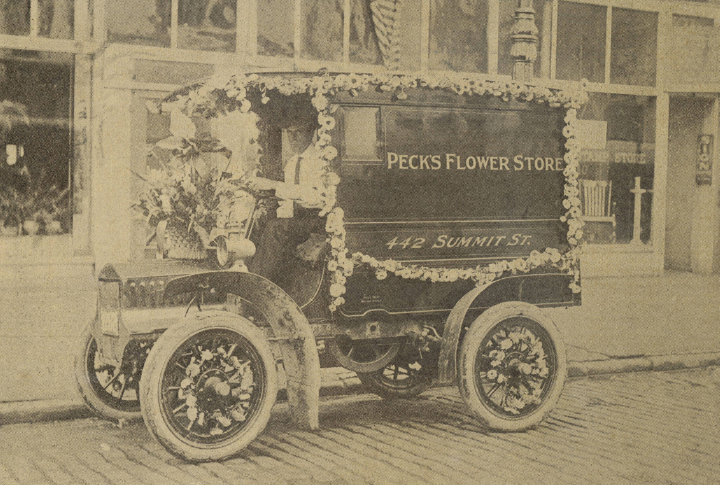
Flowers are usually delivered on special occasions such as birthdays or funerals. These fresh-cut blooms arrived in decorative boxes or hand-tied bouquets, with roses and carnations dominating orders. The tradition of sending flowers by delivery remains popular, though its origins date back centuries.
Meat And Poultry

Before frozen foods, these deliveries were the primary way to purchase fresh meat. Cuts of beef or chicken arrived in portioned orders wrapped in butcher paper and tied with string. Some families arranged standing orders for weekly deliveries, while others relied on butchers to suggest the best seasonal cuts.
Books

Book clubs and lending libraries mailed novels and educational materials to eager readers. The 1930s saw a rise in book-of-the-month subscriptions, which kept literary culture alive during the Great Depression. As a result, many schools partnered with book services to ensure that children had fresh reading material without visiting a library.
Fabric And Sewing Supplies
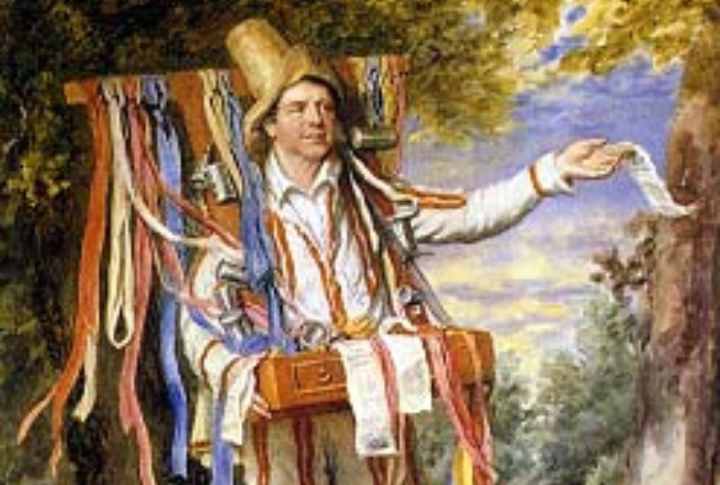
Peddlers brought bolts of fabric and thread to homemakers who stitched their own clothes, often out of necessity rather than fashion. Many traveled on foot or by cart, carrying various materials to suit different needs. Some even demonstrated sewing techniques or provided advice on the best fabrics for dresses.

